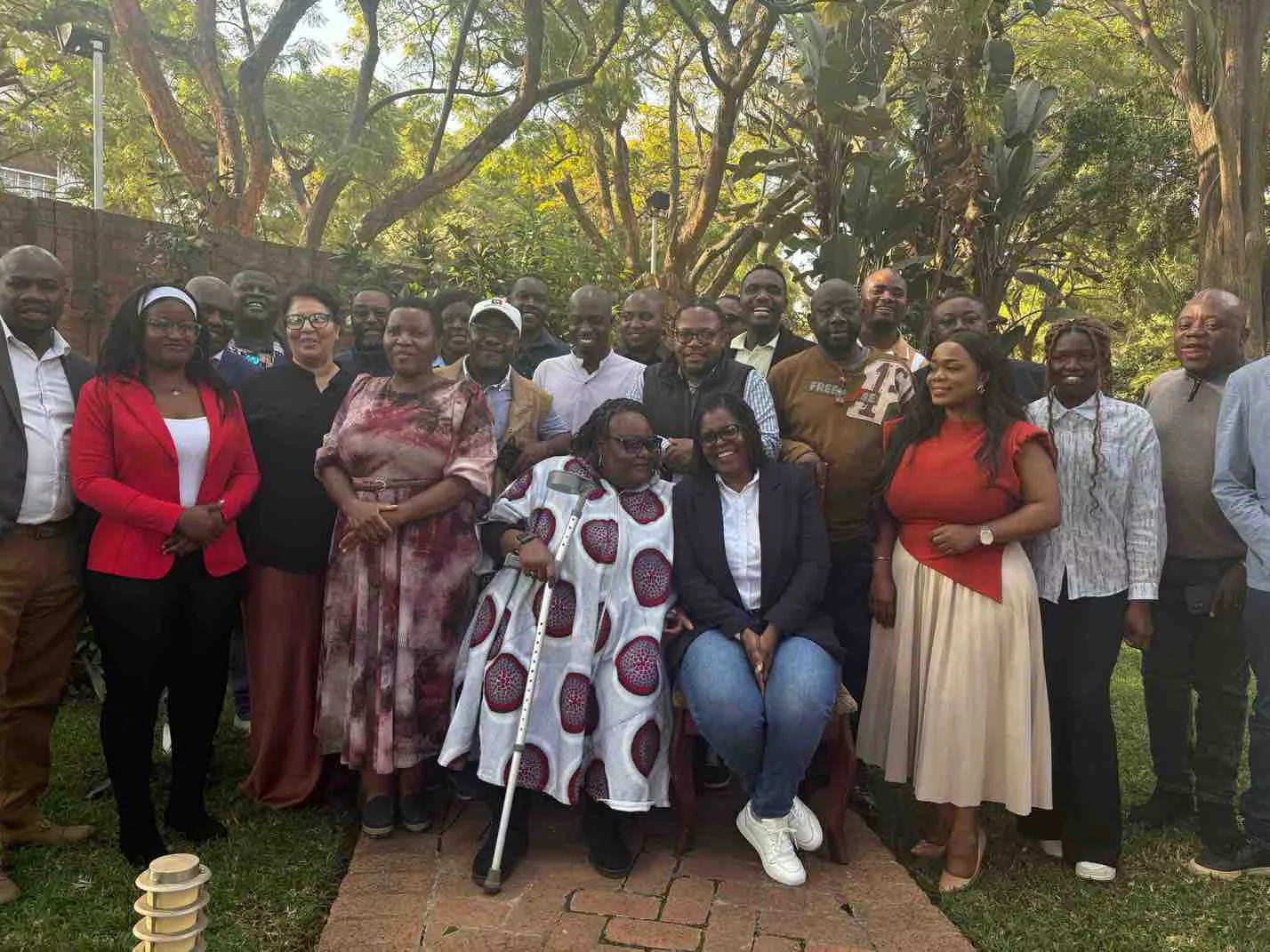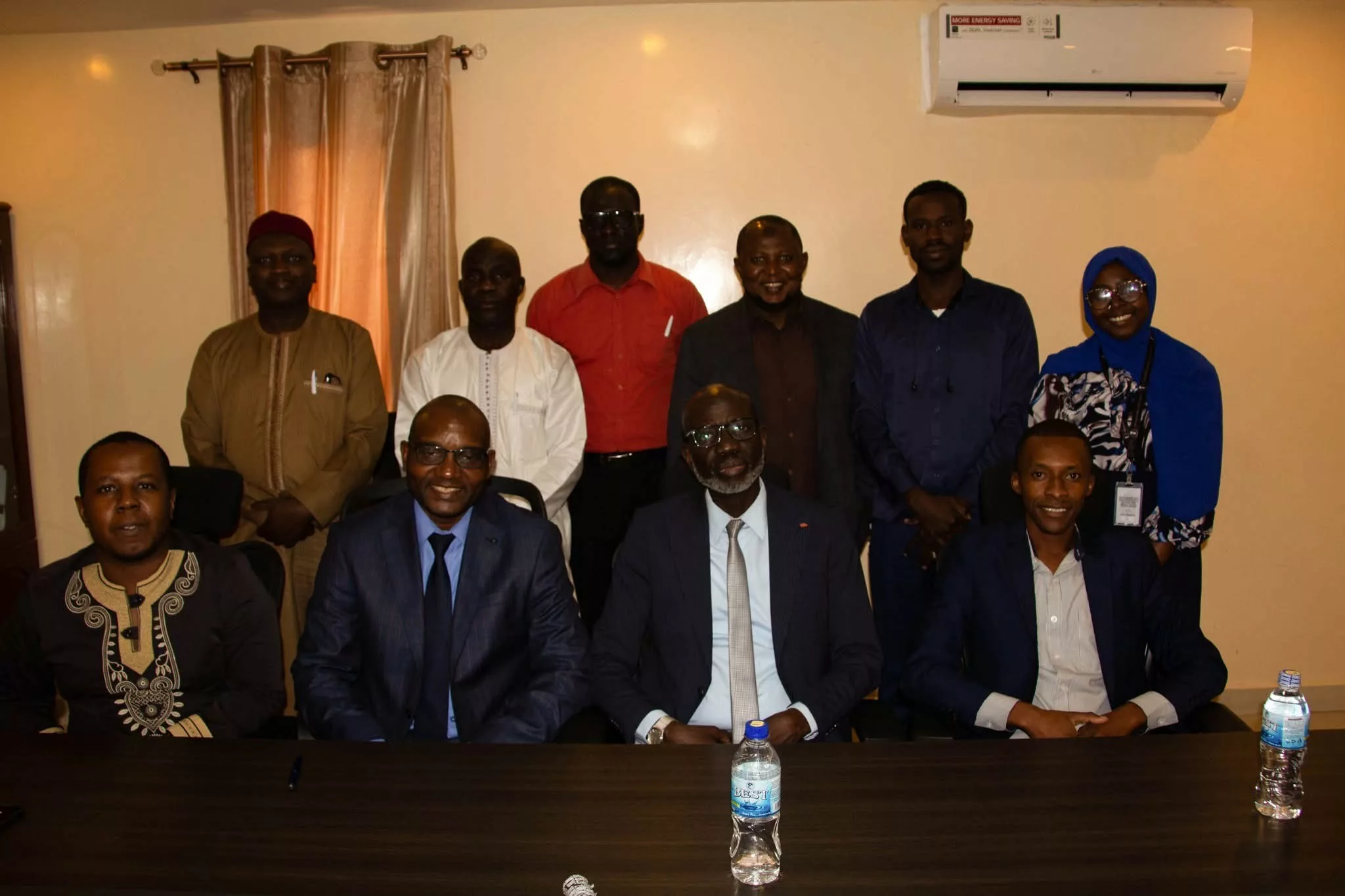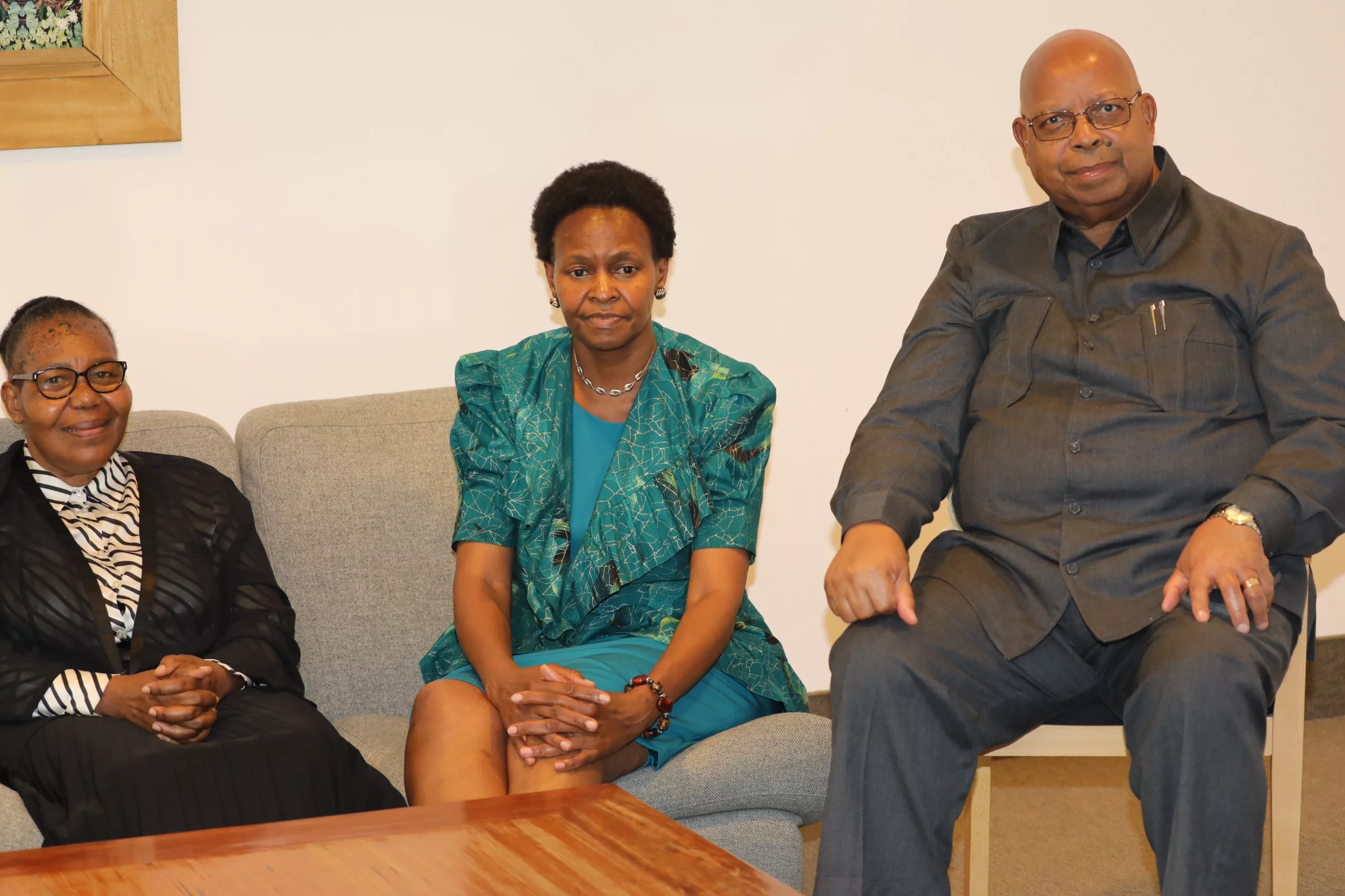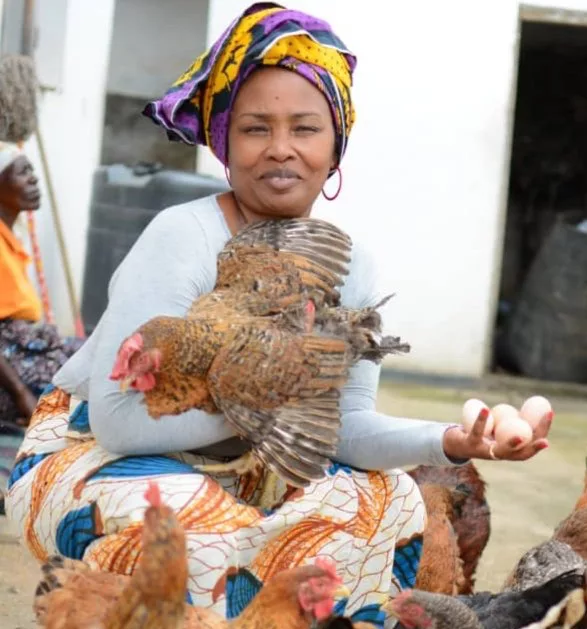Cordelia Kenney, Kaci Kennedy McDade, Wenhui Mao, and Osondu Ogbuoji
Disruptions caused by the COVID-19 pandemic could reverse progress in global poverty reduction and in global health improvements among poor people. The links between health and poverty are clear: Poverty limits people’s ability to access medical care, safe living environments, and sufficient nutrition, the absence of which can have disastrous consequences. Conversely, good health enables employment and income generation.
The pandemic will make it harder to achieve the Sustainable Development Goals (SDGs). While 70 percent of the world’s poor already reside in middle-income countries (MICs), the World Bank projects that more than 100 million more people, most of them in MICs, might have fallen below the international poverty line of $1.90/day in 2020.
Foreign aid for health (e.g., COVID-19 vaccine subsidies through COVAX) prioritizes low-income countries over MICs. Income level reported as a national average, the metric often used to determine health aid eligibility or prioritization, fails to capture substantial subnational poverty and inequality. Thus, millions of poor people in MICs might be left behind as donors focus efforts on the poorest countries. Even in high-income countries such as the United States, 1 percent of the population, or nearly 3 million people, were living below the international poverty line in 2016. In most MICs, meanwhile, the poverty rate is much higher and social welfare systems often are not able to provide commensurate support to poor people. Aggregated indicators of health and poverty are imperfect measures for identifying, targeting, and reaching the poorest people.
As part of a research project led by Duke University’s Center for Policy Impact in Global Health on disease, demography, development assistance, and domestic finance (the “4Ds”), we analyzed donors’ allocation policies to determine if they reflect subnational poverty trends. The study tried to identify ways health aid funders could adapt their policies and approaches to truly leave no one behind. Six donors were included in the analysis: Gavi, the Vaccine Alliance (Gavi); the Global Fund to Fight AIDS, Tuberculosis and Malaria (the Global Fund); the President’s Emergency Plan for AIDS Relief (PEPFAR); the United States Agency for International Development (USAID); the World Bank’s International Development Association (IDA); and the government of Japan.
DO HEALTH DONORS TARGET SUBNATIONAL POCKETS OF POVERTY?
Our research identified four features of health donors’ allocation policies.
- Overreliance on national poverty indicators. All health aid funders rely on national-level economic indicators in their eligibility and/or allocation policies. Only Gavi and IDA explicitly incorporate subnational poverty in their allocation decisions and/or routine monitoring. Yet donors themselves acknowledge the limitations of using national-level economic indicators such as gross national income per capita in health aid allocation decisions.
- Focus on key and vulnerable populations. Most health donors, particularly donors that target specific diseases such as HIV and tuberculosis, prioritize epidemic control over poverty elimination. These donors track subnational disease-specific and coverage indicators for populations they consider “key” and “vulnerable.” Donors define these populations by people’s epidemiological risk profile, which may be influenced by factors such as occupation (e.g., sex workers) or social identity (e.g., women and girls). Such populations may be an implied proxy for targeting the poorest people, but donors do not make this link explicit and do not track subnational poverty indicators alongside subnational health indicators.
- Hints of future subnational targeting. Three donors—the Global Fund, Gavi, and USAID—intend to introduce “differentiated” and potentially subnational approaches to allocation and programming in their future strategies. Available details suggest, however, that these donors will continue using disease-specific rather than poverty-specific indicators in their subnational allocation and programming approaches.
- Health systems strengthening used as a mechanism to reduce poverty. Many donors either channel funds through a “health systems strengthening” (HSS) window or use a cross-cutting HSS approach. The Global Fund, IDA, and USAID all use HSS as an explicit broad strategy to reach the poorest people. Gavi, which does not use HSS as an explicit strategy to reach the poorest people, and the Global Fund both have separate HSS investment windows. Neither donor tracks poverty-specific metrics linked to their HSS portfolios, while HSS investments for both donors comprise a relatively small share of total investments. USAID’s Bureau of Global Health has a standalone Office of Health Systems Strengthening, though it is unclear how this office’s activities are integrated into other bureau programming.
FIVE STEPS TO FULLER PROTECTION
Based on our findings, we highlight five things donors could immediately do to ensure people living in poverty benefit from health aid and are not “left behind,” the core principle guiding the SDGs.
- Make poverty elimination a central goal. If donors do not already have a specific focus on poverty elimination in their mandates, donors should embed poverty elimination in service of health outcomes. Donors could use geospatial data sources and methods, consult people living in poverty, and use multiple indicators to assess poverty to deliver on this focus. Countries around the world acknowledge poverty elimination as a central goal and so prioritized it as the as the first SDG. Donors should follow that lead. Furthermore, achieving poverty elimination should include addressing causes of deprivation that abound in subnational pockets of poverty.
- Have a clear action plan for vulnerable groups. Donors should develop a clear action plan for targeted population groups and define to whom the action plan applies, how these populations will be reached, and how progress will be determined. Donors should also support data collection efforts for these groups and ensure that representatives of these populations are engaged in a meaningful way in creating action plans. This will require joint programming with in-country policymakers in order to achieve country-ownership and long-term sustainability.
- Operationalize knowledge of reality. Expand beyond “value-for-money” approaches that prioritize disease-specific indicators that may inadvertently neglect those most in need to include poverty-specific subnational indicators and approaches. Donors should treat poverty as a complex, multidimensional, and context-dependent social phenomenon that cannot be captured by monetary indicators alone. To do this, donors will need to acknowledge that the “leave no one behind” approach might often be at odds with the “value for money” approach and be prepared to make some hard choices.
- Adopt a systems approach. Donors would do better if they mainstreamed “systems thinking” across activities and used a clear set of indicators for monitoring the impact of HSS investments on illness-related poverty. In other words, they should pay attention to investments that build a strong primary health care delivery platform to tackle a wide array of health challenges, not just specific diseases that donors have chosen to target. To successfully adopt this approach, donors will need to prioritize long-term outcomes over “quick wins.”
- Redress power imbalances in how health aid is imagined and delivered. Donors can leverage the disruptions caused by the COVID-19 pandemic to effect a paradigm shift in the aid ecosystem. At a minimum, they should consider adopting new aid approaches such as the “Re-imagined Aid model” that prioritize justice and accountability.
Achieving the SDGs requires recognizing granularity and coming up with tailored solutions. Household surveys, geospatial data, and other innovations have made it possible to get timely subnational data. Utilizing these data to inform health aid programs will help donors better serve the world’s most vulnerable people, regardless of the country in which they live.
SOURCE: BROOKINGS






